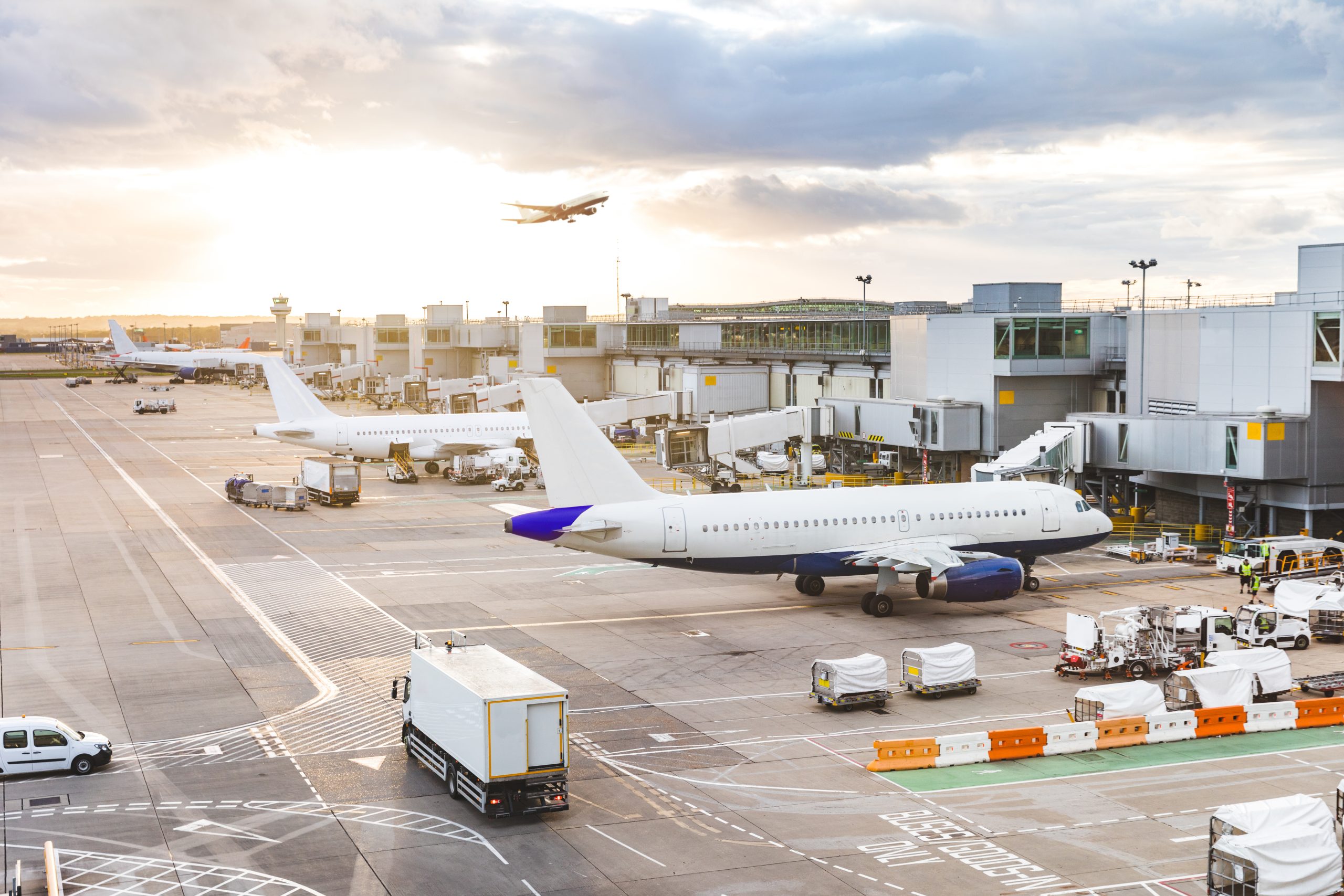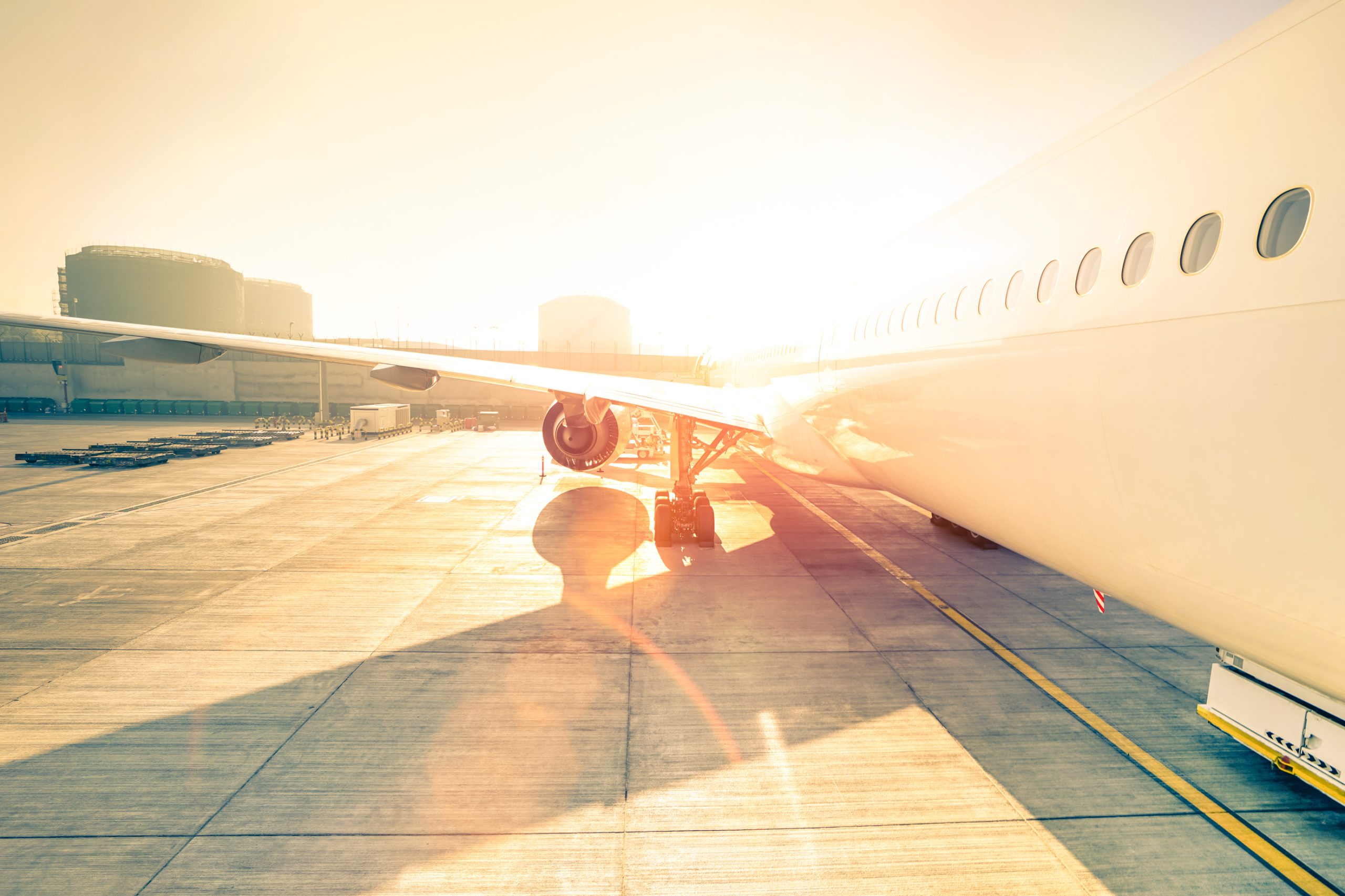Air connectivity facilitates access to markets, labour mobility, education, and essential services, while fueling tourism, exports, and innovation. Yet in many regions, its potential is held back, not by infrastructure, but by outdated policies. This article shows how governments can reform aviation frameworks to boost GDP, expand access, and treat air transport as a true strategic asset.
Why air connectivity matters – global and regional perspectives
Air connectivity is an increasingly decisive factor in national and regional economic development and competitiveness.
Defining direct and indirect air connectivity
- Direct connectivity – the total number of direct scheduled flights offered by an airport to other airports.
- Indirect connectivity – the total number of indirect connections offered by an airport to other destinations via an intermediate airport.
The combination of the two indicates overall connectivity levels for a given airport.
Global and regional economic impact of air connectivity
Air connectivity is not just about moving aircraft—it enables the flows of trade, tourism, talent, and ideas that sustain modern economies.
Globally, aviation supports 86.5 million jobs and generates USD 4.1 trillion (3.9% of GDP). More than 67,000 routes link 21,000 city pairs, carrying 58% of all international tourists and a third of world trade by value. Where connectivity is strong and affordable, it drives productivity, investment, and integration into global markets; where it is constrained, those benefits are diminished.

Europe
In 2023, European aviation generated €851 billion (5% of GDP) and 14 million jobs (6% of total). A 10% rise in direct connectivity is associated with a 0.5% gain in GDP per capita and 1.6% more jobs. Strong air links also help reduce poverty, improve education, advance gender equality, boost research and development, and enhance overall life satisfaction.
Asia-Pacific and Middle East
Asia-Pacific aviation produced USD 944 billion (2.5% of GDP) and 47.2 million jobs, over half from air-enabled tourism. Connectivity grew 14% in 2024, restoring vital trade and travel links. The Middle East contributed USD 240 billion (4.3% of GDP) and 3.3 million jobs, with mega-hubs funnelling traffic between continents and amplifying regional reach.
North America
North American aviation—spanning the U.S., Canada, and Mexico—generates over USD 1.9 trillion and 13.5 million jobs. Integrated markets and major hubs like Atlanta, Toronto Pearson, and Dallas–Fort Worth sustain trade and tourism flows, but USD 174 billion in U.S. airport investment is needed by 2029, alongside Canadian capacity upgrades, to preserve connectivity.
Latin America and Caribbean
The Latin America and Caribbean region’s aviation sector supports USD 187 billion (2.9% of GDP) and 7.5 million jobs. Connectivity per destination is 42% lower than in North America or Europe, with over 40% of intra-regional passengers routed via extra-regional hubs—a structural gap liberalization could close.
Africa
Africa’s air sector generated USD 63 billion (1.7% of GDP) and 7.7 million jobs, but accounts for just 2.9% of global passengers. Partial liberalization among 12 states could add USD 1.3 billion and 155,000 jobs, underscoring the value of expanding intra-African routes.

Major barriers affecting air connectivity and consumers
Despite its benefits, air connectivity is held back by four key structural barriers, among others:
- Limited liberalization of air transport
In many regions, international air services remain governed by restrictive bilateral air service agreements that limit routes, frequencies, capacity, and market access. These constraints hinder network expansion, reduce competition, and keep fares artificially high.
- Discriminatory and distortionary taxes on aviation
Aviation is frequently subject to taxes and charges that go beyond cost recovery, including passenger duties, value-added tax on international tickets, and environmental levies. Such fiscal measures generate around USD 90 billion annually but are estimated to cause USD 183 billion in lost global economic benefits, resulting in a net loss of nearly USD 93 billion each year.
- High concession fees
Some airport concession frameworks prioritize short-term fiscal gains for governments at the expense of long-term network growth. Excessive, non-performance-linked concession fees divert resources from reinvestment in capacity, resilience, and service quality.
- Burdensome Visa and Entry Requirements
Complex, costly, or restrictive visa policies act as barriers to travel, especially for leisure and discretionary trips. Simplified and harmonised systems, such as e-visas or regional visa schemes, have been shown to significantly increase inbound mobility and tourism.
These barriers are largely the result of policy choices. Removing them would unlock the full economic and social benefits that enhanced air connectivity can bring.
Policy recommendations on unlocking air connectivity and its benefits
To realize the full economic and social value of air connectivity, four priority areas for reform are identified:
How to liberalize market access
Modernize bilateral and multilateral air service agreements to remove unnecessary restrictions on routes, frequencies, capacity, and market access. Liberalized frameworks should promote fair competition, facilitate network growth, and encourage open skies arrangements, thereby expanding choice, reducing fares, and deepening economic integration.
Why reforming aviation taxation matters
Fiscal measures applied to air transport should not constrain the sector’s development or diminish its economic contribution. Taxes must be fair, equitable, transparent, and non-discriminatory, and should not exceed their intended purpose or be levied on other taxes or charges. Complex or distortionary taxes should be eliminated to avoid adverse economic impacts.
Structuring sustainable airport concession models
Structure airport concession frameworks to support long-term connectivity objectives rather than short-term fiscal returns. Fee arrangements should be proportionate, predictable, and linked to infrastructure development needs, ensuring sustainable airport operations and quality service delivery.

Improving visa policy to enable seamless travel
Simplify, harmonize, and digitize border control processes to improve the passenger experience and reduce barriers to travel. Measures such as visa-free entry, e-visas, and regional or multilateral facilitation schemes can significantly stimulate tourism and short-haul travel markets.
Conclusions
Air connectivity is not merely an aviation matter – it is a national asset. It is shaped not just by the efforts of airports and airlines, but by the policy choices of governments. When regulation, fiscal frameworks, and facilitation work in harmony, air transport drives economic growth, strengthens resilience, and connects nations to global markets.
Removing the structural barriers outlined in this article would unlock the full economic and social value of aviation. Liberalized air transport markets, fair and transparent taxation, seamless mobility, and sustainable concession models translate directly into stronger GDP, more jobs, and enhanced national competitiveness.





comments